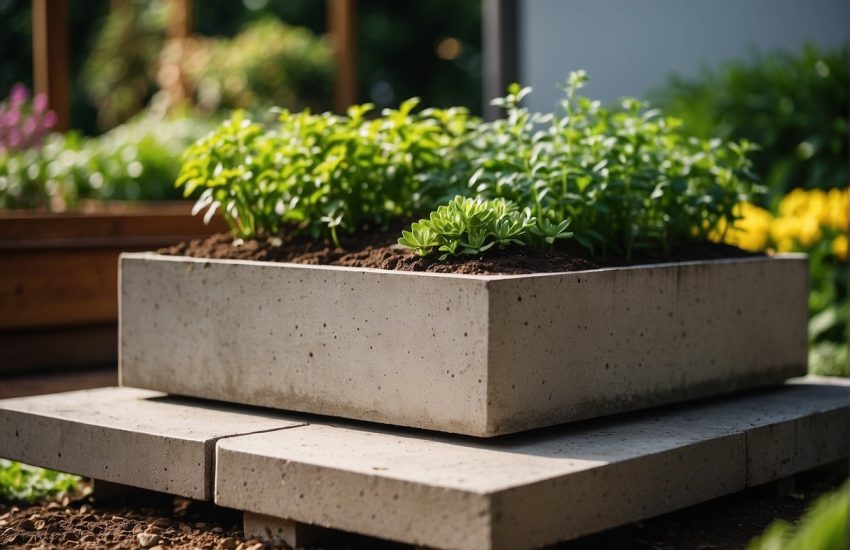Plants That Look Like Grapes: A Guide to Identifying Similarities
Plants that look like grapes are a fascinating topic for many gardeners and plant enthusiasts. These plants are often admired for their striking resemblance to grapes, despite not being related to them at all. While some may mistake them for actual grapevines, these plants are unique in their own right and offer a variety of interesting features.

One example of a plant that looks like grapes is the porcelain berry vine. This vine is known for its vibrant blue and purple berries that resemble grapes, but it also has unique foliage that changes color throughout the seasons. Another plant that resembles grapes is the grape ivy, which has small, round leaves that grow in a similar pattern to grape leaves. While it may not produce actual grapes, the grape ivy is a great option for those who want a plant with a grape-like appearance.
In addition to appearance, some of these plants also produce flowers that look like grapes. For example, the muscadine grape is a type of grapevine that produces small, round flowers that resemble grapes. These flowers eventually develop into actual grapes, making it a popular choice for those who want both the appearance and taste of grapes in their garden. Overall, plants that look like grapes offer a unique and interesting addition to any garden or landscape.
Identifying Plants That Resemble Grapes
If you’re a fan of grapes, you may be interested in growing plants that resemble them. There are a few different plants that have foliage or flowers that look like grapes. Here are three examples:
Grape Hyacinth and Muscari
Grape hyacinth (also known as muscari) is a small, bulbous plant that produces clusters of blue or purple flowers that look like tiny grapes. The foliage is grass-like and the flowers grow on short stems that emerge from the center of the plant. Grape hyacinth is a great choice for rock gardens or as a border plant.
Porcelain Berry and Boston Ivy
Porcelain berry is a climbing vine that can grow up to 15 feet tall. The foliage is heart-shaped and can be green, variegated, or purple. In the fall, the vine produces clusters of berries that start out green and turn shades of blue, purple, and pink. The berries look like small grapes and are edible, although they’re not as sweet as true grapes. Boston ivy is another climbing vine that has foliage that looks similar to porcelain berry, but it doesn’t produce berries.
Crimson Glory Vine and Grape Ivy
Crimson glory vine is a fast-growing vine that can reach heights of 20 feet or more. The foliage is heart-shaped and can be green or variegated. In the fall, the vine produces clusters of small, dark purple berries that look like grapes. Grape ivy is a trailing vine that has foliage that looks similar to crimson glory vine, but it doesn’t produce berries.
Overall, plants that resemble grapes can add a unique touch to your garden or landscape. Whether you choose a small bulbous plant, a climbing vine, or a trailing vine, there are plenty of options to choose from.
Cultivation and Care of Grape-Like Plants

Grape-like plants are a great addition to any garden or nursery. They are easy to cultivate and care for, and can add a unique touch to any landscape. Here are some tips on how to properly cultivate and care for these plants.
Soil and Watering Requirements
Grape-like plants prefer well-drained soil with a pH range of 5.5 to 7.5. It is important to ensure that the soil conditions are healthy and have adequate moisture and drainage. Watering should be done regularly, but not excessively. Overwatering can lead to root rot and other diseases.
Sunlight, Shade, and Temperature
Grape-like plants require full sunlight to grow and produce fruit. They can tolerate some shade, but too much shade can hinder fruit production. It is important to ensure that the temperature is suitable for the plant. Grape-like plants can tolerate a wide range of temperatures, but extreme temperatures can be harmful.
Pruning, Pests, and Diseases
Pruning is important to maintain the shape and size of grape-like plants. It is recommended to prune in the late winter or early spring. Grape-like plants are susceptible to pests such as aphids and spider mites. Regular inspection and treatment of pests is important to maintain a healthy plant. Grape-like plants can also be affected by diseases such as powdery mildew and downy mildew. Proper care and treatment can prevent and control these diseases.
Overall, grape-like plants are easy to grow and care for. With proper cultivation and care, they can thrive in a home garden or nursery. Propagating grape-like plants can be done through division or potting. Fertilizer and weeding are also important for healthy growth.


